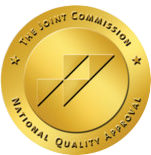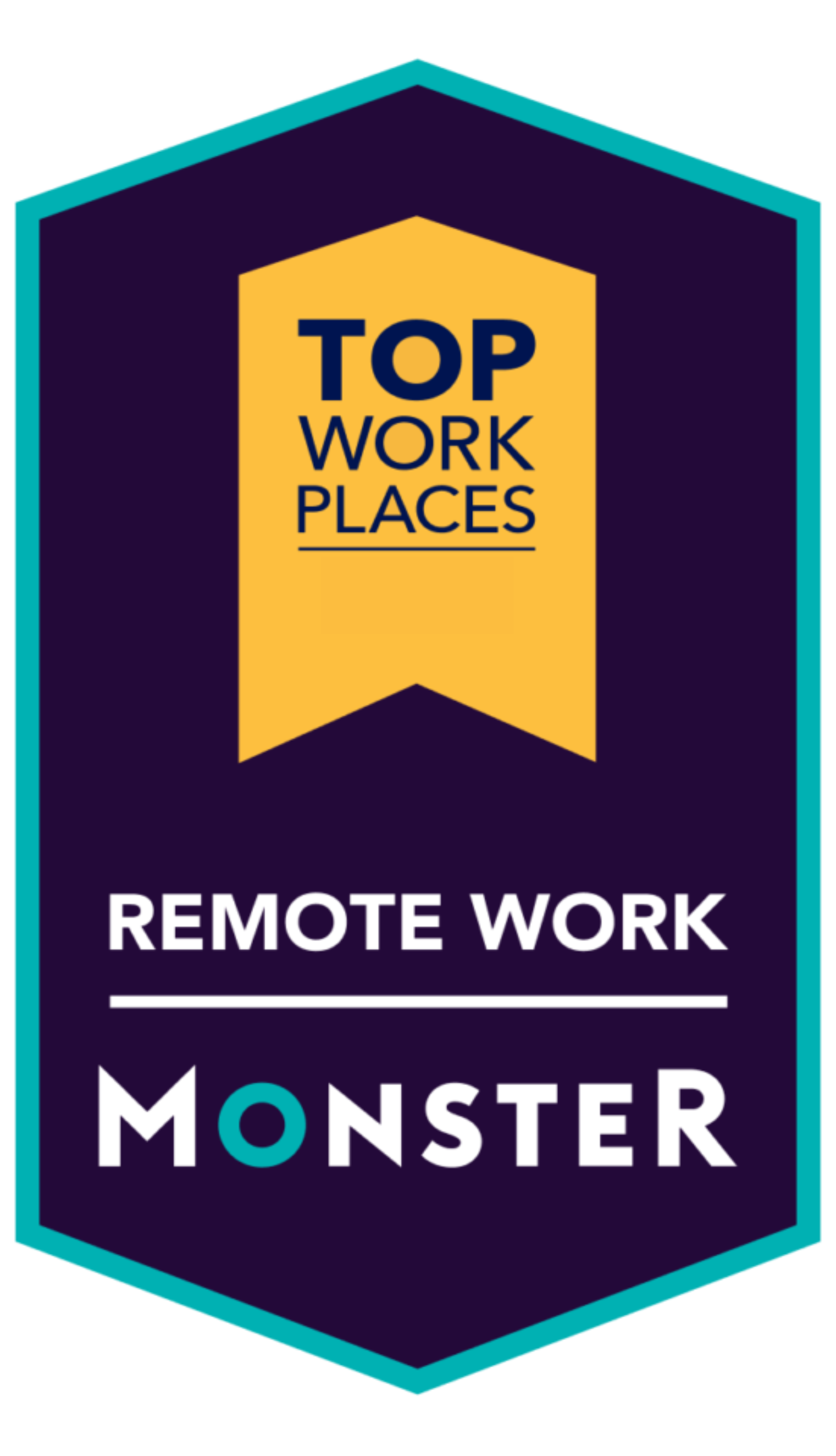By Eric Anderson, MD
Here is a sadly familiar story for a neurologist to hear: a young woman, perhaps a new mother, begins to see signs of physical decline. She’s unusually fatigued and sometimes dizzy when she tries to get up, though the symptoms come and go. She also reports periodic depression and a kind of mental haze. She has been to see her primary care physician, and several specialists, including a neurologist. None have provided an answer beyond typical postpartum conditions they expect will resolve over time.
Then one day, concerned by an onset of tingling and blurry vision, she goes to a local community ER, where the doctor on call brings in a teleNeurologist—one who happens to have a sub-specialty in neuro-immunology.
The true promise of telemedicine for neurological disorders
The true promise of telemedicine is to get the most experienced clinician to the patient at the exact right time that they need it. Unfortunately, in the case of the woman above, that time was likely months, even years ago.
The teleNeurologist takes a detailed history, notes that the symptoms have been coming and going over the course of nearly a year, and suspects relapsing-remitting multiple sclerosis (MS) as a differential diagnosis. He orders an MRI, which confirms it.
MS is only one of a range of neurological disorders for which telemedicine can be an essential tool for getting the correct diagnosis. Still, perhaps no other neurological disorder is as illustrative of the potential costs of not having the right experience at the right time. One study showed that many early signs of MS are misdiagnosed as psychiatric disorders. Another study of nearly 200,000 adults, including 10,262 newly diagnosed with MS, showed that many patients had symptoms that went undiagnosed for years. “We found that many complaints that led to patient visits were compatible with first clinical relapses that were not recognized as such,” said the lead researcher, Dr. Bernhard Hemmer, a neurologist. Some of these complaints went back as many as five years, Hemmer said. That is lost time for patients who could have been placed on immunomodulatory therapy, which can help suppress MS and help patients manage their symptoms.
Neurological disorders diagnosed primarily using history
MS is one of several neurologic disorders that can become apparent via medical history. Getting an experienced neurologist with the correct training connected with the patient via telemedicine has vast potential to improve care by getting the most experienced clinician to them quickly.
For example:
- Epilepsy. Epilepsy can become apparent by medical history. It is unlikely the patient will have a seizure right in front of you. The symptoms are communicated from patient to physician.
- Movement disorders. Movement disorders include Parkinson’s, Huntington’s disease, ALS, and other conditions. All of these have characteristic movements which can be seen via telemedicine, especially with recent improvements in video technology. Several of these disorders have tests that can be performed by an experienced neurologist remotely, sometimes with onsite supervision.
- Dementia. In many early dementia cases, patients will have clinical symptoms beyond memory complaints, such as no longer being able to suppress primitive motor reflexes like rooting.
Many of these disorders have symptoms that can overlap with or be mistaken for other conditions in their early stages. The key to making these diagnoses as early as possible is getting the patient seen by an expert, such as a neurologist with sufficient experience in that specific condition. Telemedicine can facilitate access to these experts.
TeleNeurologists see more of their particular sub-specialty
Few specialties have as broad a spectrum of sub-specialties as neurology. From residency training through fellowship, a neurologist can work and subspecialize on many facets of that spectrum. One can work as a neuro-interventionalist, gown up, perform endovascular surgery, and remove blood clots on an emergent basis. Or, on the exact opposite of the spectrum, work only in clinics, or see primarily dementia patients.
With the range of sub-specialties available in neurology, and the breadth of knowledge required to become an expert in any particular field, generalists have less exposure to neurology in their training. Over the years, Emergency Medicine, Internal Medicine, and Family Practice specialties have reduced the time allotted to training in neurology in favor of other important subjects they need to master. This makes each of the neurology subspecialties an isolated island unto themselves, which results in an even greater reliance on the specialists who train in specific areas, whether neuro-immunology, epilepsy, movement disorders, or something else.
In such a fragmented environment, teleNeurologists can gain much more experience with the rarer neurological disorders than they would otherwise if they were to work at just one or a handful of community hospitals. A neuro-immunologist will only see a certain number of potential MS cases working on site. A teleNeurologist specializing in a particular disease state will likely see many more cases working at hundreds of different hospitals. Because they are not limited to a single hospital or region, neurologists who work in telemedicine have the potential to gain much more experience in their sub-specialty than they otherwise would have.
Good for patients, good for physicians
Thus, a teleNeurology program is clearly good for patients, who have a much higher likelihood of being connected with the most experienced clinician when they need it. And neurologists get more experience with the types of patients they are trained to help. In this way, the MS patient can be recognized, diagnosed, and treated earlier, and the neurologist will get that much more experience, making them much more adept. Neurologists are often scarce across the U.S., and sub-specialists tend to practice at academic institutions. A telemedicine program brings multiple subspecialists to a community and can increase the breadth of care dramatically. TeleNeurology can save patients from long waits and typically far travel to a regional academic hospital.
***
Dr. Eric Anderson, Chair of Neurology at Access TeleCare and leader of SOC’s Neurology Council, is an innovative physician-scientist who’s been recognized as a national leader in telemedicine and mobile health. He trailblazed the use of mobile telemedicine in emergency neurology and was the first to demonstrate and publish that remote stroke assessment could be performed with an iPhone. He speaks nationally on the topics of telemedicine as it applies to stroke, epilepsy, and neurologic disease. He currently practices telemedicine in 32 states and at over 240 hospitals, and is the Director of Telemedicine for Corticare, a national neurotelemetry company based in Carlsbad, CA, and serves as the Vice Chair of Quality as well as the subject matter expert on Tele-EEG for Access TeleCare. He also devotes his time to operating Intensive Neuromonitoring, a Tele-EEG company in Georgia that specifically caters to private practices and small hospitals. Dr. Anderson leads several efforts in bringing telemedicine and technology to the forefront of medicine.
***
If you are interested in learning more about the broader uses of teleNeurology beyond stroke care, please contact us for a needs assessment









